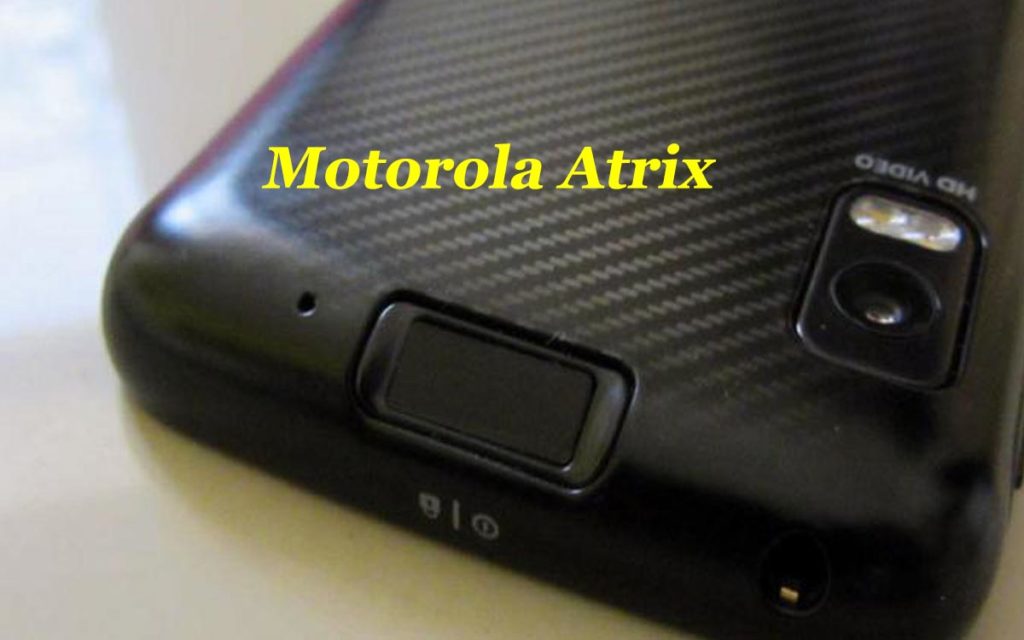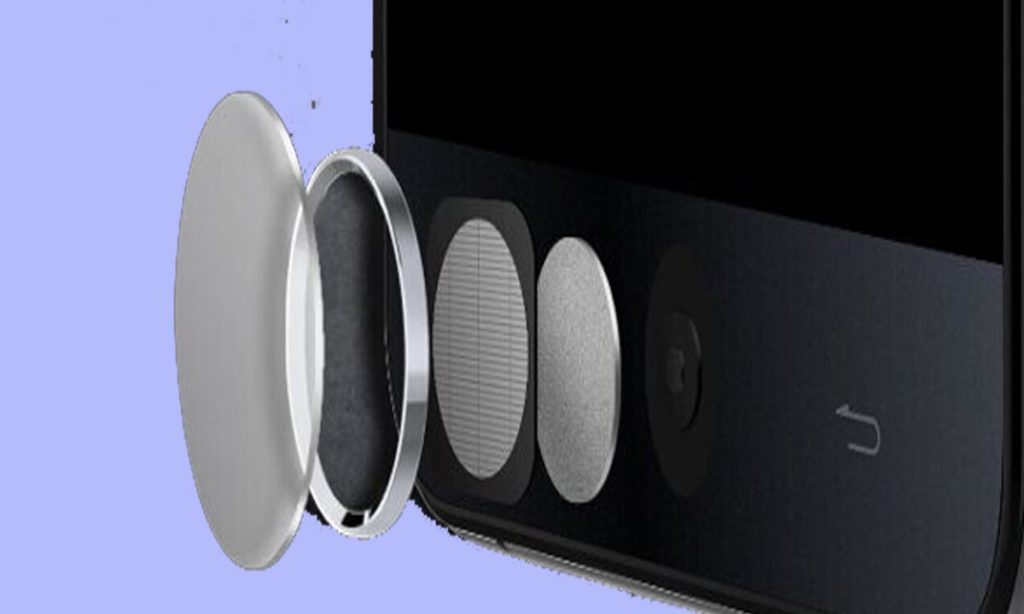How Fingerprint Scanner Works
Back in the day, people are mostly using their computers to store, and organize private and sensitive data. And as you know, Windows has a password system to protect personal computers from intruders and other people. But then, the clock started shifting from phase 1 to phase 2, and people who were using computers to store their sensitive data also started using smartphones to store their personal data.
So smartphone manufacturers added security features like pattern locks, Code pins, and passwords, to protect the sensitive information stored in those smartphones.
But all these kinds of locks comes with a set of inconsistencies as all these security types become too weak. And you can bypass almost any device using this kind of security.
If you’re not sure about that, just head to YouTube and do a quick research about. I’m sure you’ll find an easy way to unlock your device. And the main thing affecting all the users is nothing but memory and data loss.
So manufactures knows, that there is an issue that must be fixed. That’s why some masterminds work hard and introduce fingerprint locks in smartphones. In this article, we will explain to you how this fingerprint scanners work. And what are the primary tech behind them?
SEE ALSO:
Best cheap smartphone with a Good camera
note 9 specs and | deep review of this incredible device
Fingerprint locks, are highly secured and safe or let’s say they are at least more secure than patterns, pins, or passwords. And in addition to their simplicity, it seems that is highly impossible to forget the fingerprints. And there is no issue in memory loss or something like that.
So many people think that Apple was the first company to introduce fingerprint technology to the Smartphone Market. But actually, the reality isn’t like that.
Back in 2011, Motorola has launched ”Atrix smartphone” which was the first smartphone with a fingerprint lock technology. We all know that the first iPhone that comes with the fingerprint scanner was the iPhone 5s that Apple calls Touch ID.

But filling up in blocks are not entirely new to this world. They even existed before these smartphones as optical fingerprint scanners, and as the name suggests optical fingerprint scanners, it uses light to scan your fingerprint and authenticate your fingerprint…
THE PRIMARY COMPONENTS OF AN OPTICAL FINGERPRINT SCANNER:
A primary light source”
A prism
A lens and a CCD.

The CCD is an electronic component, with the photosensitive layer on top of it. And under that, you have an array of capacitors. So once you place your finger on an optical fingerprint scanner using the light source. The prism reflects that fingerprint image using that lens into the CCD and the photosensitive layer off the charts couple device or the CCD captures that as an image.
The image of your fingerprint will be stored inside the optical fingerprint scanners memory. And every time you place your finger on that optical fingerprint scanner, using highly complex image recognition and image matching algorithms, your fingerprint will be matched with the stored image. and based on that image comparison you will be authenticated to perform whatever you want, which is secured by the optical fingerprint scanner.
This is how optical fingerprint scanners work: But these optical fingerprint scanners are not used in smartphone scanners. And there are two primary reasons behind that. The first one is that optical fingerprint scanners are not highly safe, it can be easily cheated with the high-resolution image of your finger.
And the most important reason why they are not placed in smartphones is that these optical fingerprint scanners will occupy a large space inside of a smartphone and people are not ready to hold huge smartphones now.
So after working for a long time, they come up with a new idea. They remove the light source, the prism, and the lens away from the optical fingerprint scanner. And they took only the CCD or the (charged couple device), and then they removed the photosensitive layer from the top of the CCD to take only the array of capacitors.
And they placed that behind a metal plate the metal plate and array of capacitors were placed inside the smartphone and that acts as capacitive fingerprint scanners in modern-day smartphones.

OTHER ARTICLES:
Google Pixel 3 And Pixel 3 XL Review | things where It Is
iPhone Xr vs Xs Xs Max Which Should You Buy?
note 9 specs and | deep review of this incredible device
TWO ADVANTAGE OF THESE CAPACITIVE FINGERPRINT SCANNERS:
The first one is electrically conductive to the nature of the human body, and the second one is the unique uneven pattern of our fingerprints.
And when it comes to human fingerprints, they are not just flat or even patterns. They are uneven patterns with lots of ups and downs, and a fingerprint the elevated or the foot facing region is called as a ridge, and the depressed or the downward facing region is called as a valley.
So based on this distinguishing factor between the ridges, and the valleys, these capacity fingerprint scanners distinguishes between fingerprints.
Every human has a different fingerprint pattern. Our fingerprints are unique and the structure or the gaps in the patterns of ridges and valleys differs from one person’s to other’s fingerprint.
And these ridges on a fingerprint are the electrically conductive region, and the diamond facing region of the valley is not electrically conductive. so once you place your finger on the metallic plate of a capacitive fingerprint scanner, the ridges conduct electricity and based on the electrical conductivity pattern, the capacitors under the metal plate stores charges only the ridges conducts electricity and the valleys do not conduct electricity.

And based on this rich conduction pattern, the capacitor stores charges and the charge stored in the capacitor is raw analog information. That raw analog fact cannot be used by digital devices like our smartphone, so they need to be converted to digital information or binary data.
To do that, it has an analog to digital converter, which converts analog signals to digital information. And using a complex set of the algorithm, it creates or it renders a virtual patent of fingerprint and every time you place your fingerprint on a capacitive fingerprint scanner, it matches the current fingerprint pattern with the stored or the rendered fingerprint image inside the mobile.
These capacity fingerprint scanners, work these things might sound highly complex but all these things happen behind the scene just in a few milliseconds. But these capacity fingerprint scanners are not completely fluffy, they have some issues which affects the fingerprint scanning pattern.
And that issue is the electrical conductivity. if your fingerprint has an electrically conductive substance like sweat our water or other metal, discs are connected discs, then once you place your finger on a fingerprint scanner, not only they just conduct electricity but also the valleys conduct electricity, which affects the pattern of the fingerprint scanning and authentication.
So in order to overcome this fact, now they are working on a new fingerprint scanner and that uses ultrasonic rays or ultrasonic waves to scan and authenticate fingerprints. Ultrasonic waves are nothing but high-frequency sound waves, and using these high-frequency sound waves are fingerprints registered and authenticated, this ultrasonic fingerprint scanner also takes advantage of our fingers pattern.
So these ridges are the elevated portions acts as a reflector of these ultrasonic sound waves. Whereas, the valleys are none were facing ridges, absorb these ultrasonic waves inside the fingerprint scanner there will be an ultrasonic sound wave receiver.
The reflected rays from your fingers ridges, will be recorded or received by this receiver and the valleys absorb the sound waves, so it will not be reflected.
it will not be registered based on that ultrasonic wave receiver pattern, and using the same set of complex algorithms, a virtual measure of a fingerprint is rendered inside a smartphone and this is how all types of fingerprint scanners work.








3 thoughts on “How Fingerprint Scanner Works On Your Smartphone”